Picture this: Businesses are on a mission to save the planet, one material at a time. And would you believe it? Foam – yes, FOAM – is emerging as an unexpected champion in this environmental quest.
For years, foam has been the bad guy of the materials world. Those squishy, chemical-laden products that seemed to stick around longer than your least favorite houseguest, slowly breaking down and leaving a trail of environmental damage. But not anymore.
Sustainable foam is changing the game entirely. It's not just about being eco-friendly – it's about proving that businesses can be both responsible and high-performing. Imagine materials that are kind to the planet without compromising on quality. That's the promise of sustainable foam.
In this exploration, we'll dive into why sustainable foam matters so much. We'll uncover how these innovative materials are helping businesses shrink their carbon footprint, create better products, and prove that going green isn't just good for the planet – it's good for business too.
Get ready to see foam in a whole new light.
Understanding Sustainable Foam and Its Importance
Sustainable foam is an innovative solution designed to minimize environmental impact while maintaining the functional benefits of traditional foam. It is created using eco-friendly materials, energy-efficient processes, and non-toxic components, making it a responsible choice for businesses across various industries.
What Makes Foam Sustainable?
Sustainable foam differs from conventional foam in several ways:
- Recyclable Materials: Many sustainable foams are made from post-consumer recycled content, reducing waste and conserving natural resources. Instead of ending up in landfills, old foam products can be processed into new, high-quality materials.
- Biodegradability: Some sustainable foams are designed to break down naturally over time, eliminating the long-term environmental impact of traditional foam, which can persist for centuries.
- Low-VOC Production: Volatile organic compounds (VOCs) are harmful chemicals often found in traditional foam production. Sustainable foam manufacturing focuses on reducing or eliminating VOC emissions, improving indoor air quality.
- Energy-Efficient Manufacturing: Many sustainable foam products are produced using renewable energy sources and optimized processes that minimize energy consumption.
Why Businesses Should Care
For businesses, sustainability is not just about environmental responsibility—it’s also about staying competitive and meeting market demands. Here’s why sustainable foam should be a priority:
- Consumer Demand for Green Products: A growing number of customers are choosing brands that prioritize sustainability. Offering eco-friendly foam products can enhance brand reputation and attract environmentally conscious buyers.
- Regulatory Compliance: Many countries are tightening environmental regulations, requiring businesses to adopt sustainable practices. Investing in eco-friendly materials can help businesses avoid fines and stay ahead of legal requirements.
- Cost Savings in the Long Run: While sustainable foam may have a slightly higher upfront cost, it can lead to long-term savings through improved durability, energy efficiency, and reduced waste disposal costs.
If your business requires soft, low-density foam for furniture or upholstery, choosing an eco-friendly option like our super-soft low-density foam sheets ensures sustainability without compromising comfort.
Environmental Benefits of Sustainable Foam
Traditional foam materials have a significant environmental footprint, contributing to pollution, waste accumulation, and excessive energy consumption. Sustainable foam offers a way to mitigate these issues while maintaining the same functionality and performance.
How Sustainable Foam Helps the Planet
Switching to sustainable foam provides several ecological advantages:
- Reduces Landfill Waste: Traditional foam materials, such as polyurethane, can take hundreds of years to decompose. Sustainable foam, especially biodegradable and recyclable options, prevents excessive landfill accumulation.
- Lower Carbon Footprint: Conventional foam production emits high levels of carbon dioxide (CO₂) and other greenhouse gases. Sustainable manufacturing techniques help lower these emissions, reducing the industry’s overall environmental impact.
- Conserves Natural Resources: By incorporating recycled materials into foam production, fewer raw resources (such as petroleum-based chemicals) are needed, helping preserve ecosystems.
- Reduces Water and Energy Usage: Sustainable foam production typically requires less water and energy, decreasing the overall environmental footprint. Some manufacturers even use renewable energy sources to produce eco-friendly foam.
- Eliminates Harmful Chemicals: Many traditional foams contain flame retardants and toxic chemicals that can leach into the environment. Sustainable alternatives avoid these harmful substances, making them safer for both people and the planet.
A Real-World Impact
One of the most common foam materials is polystyrene, often used in packaging and insulation. Traditional polystyrene is non-biodegradable and remains in landfills indefinitely. However, eco-friendly alternatives like our EPS polystyrene sheets offer a sustainable solution with lower environmental impact. By choosing sustainable foam materials, businesses can take a proactive approach to protecting the planet while maintaining quality and performance.
Business Benefits of Using Sustainable Foam
Sustainable foam isn't just beneficial for the environment—it also makes sound business sense. Companies that integrate eco-friendly foam into their products and operations enjoy numerous advantages, from financial savings to enhanced brand reputation.
Key Business Advantages
- Improved Brand Image: Consumers are becoming more environmentally conscious, and businesses that align with sustainability initiatives gain a positive reputation. Brands that actively promote their commitment to sustainability are more likely to build long-term customer trust.
- Market Differentiation: With competition growing in various industries, businesses must find ways to stand out. Offering sustainable foam products sets a company apart from competitors still using conventional materials.
- Long-Term Cost Savings: Sustainable foam options often last longer than traditional materials, reducing the need for frequent replacements. Additionally, businesses may qualify for tax incentives or sustainability grants for using eco-friendly materials.
- Compliance with Industry Regulations: Many industries are now subject to strict environmental laws. By proactively using sustainable materials, businesses can avoid penalties, meet compliance standards, and improve corporate social responsibility.
- Attracting Eco-Conscious Investors: Investors are increasingly prioritizing businesses that demonstrate sustainability efforts. Companies that adopt eco-friendly materials are more attractive to those looking to fund responsible, future-focused enterprises.
Meeting Industry Needs
Various industries can benefit from incorporating sustainable foam into their operations:
- Furniture and Upholstery: Low-VOC foam options improve indoor air quality and reduce exposure to harmful chemicals.
- Construction and Insulation: Sustainable foam materials offer energy-efficient insulation solutions.
- Packaging and Shipping: Recyclable and biodegradable foam provides a responsible alternative to traditional packaging materials.
Businesses that require high-quality foam products for insulation and soundproofing can explore eco-friendly foam options to enhance sustainability efforts without sacrificing performance.
How to Incorporate Sustainable Foam into Your Business
Adopting sustainable foam doesn’t have to be complicated. With a few strategic steps, businesses can seamlessly transition to eco-friendly foam products while enjoying the associated benefits.
Steps to Adopt Sustainable Foam
- Assess Current Foam Usage: Identify all areas where your business relies on foam materials. This includes furniture, packaging, insulation, and other applications.
- Select Certified Sustainable Foam: Look for foam products that meet environmental standards and certifications to ensure quality and sustainability.
- Educate Employees and Customers: Communicating the benefits of sustainable foam helps employees and customers understand its value. Transparency about sustainability efforts enhances credibility.
- Partner with Sustainable Suppliers: Working with reputable providers like The Foam Company ensures access to high-quality, eco-friendly foam products.
- Monitor and Optimize Usage: Regularly evaluate how sustainable foam materials are being used in operations and look for opportunities to further improve efficiency.
Industries Leading the Change
Several industries have already made significant progress in integrating sustainable foam into their processes:
- Automotive Industry: Car manufacturers are adopting eco-friendly foam for seat cushions and interiors.
- Healthcare Sector: Hospitals and medical facilities are prioritizing non-toxic foam for patient comfort.
- E-Commerce Packaging: Online retailers are using biodegradable foam for protective shipping solutions.
By choosing sustainable foam products like our polystyrene sheets, businesses can take a step toward a greener future.
Conclusion
Sustainable foam is an essential step toward a more eco-friendly future. Not only does it reduce environmental harm, but it also provides businesses with numerous advantages, including cost savings, regulatory compliance, and improved brand reputation.
Whether you're in furniture manufacturing, construction, or packaging, transitioning to sustainable foam can drive long-term success. If you’re ready to make the shift, explore our range of eco-friendly foam products today.


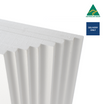
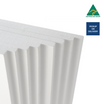
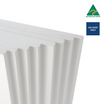
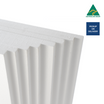
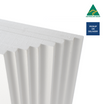
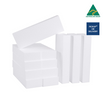
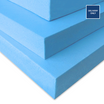
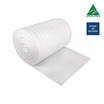
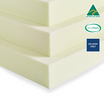

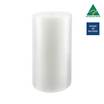
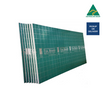
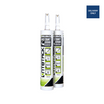

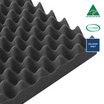

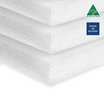

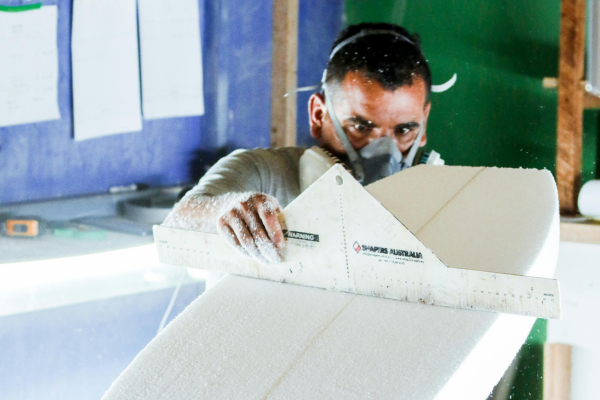

Leave a comment
This site is protected by hCaptcha and the hCaptcha Privacy Policy and Terms of Service apply.